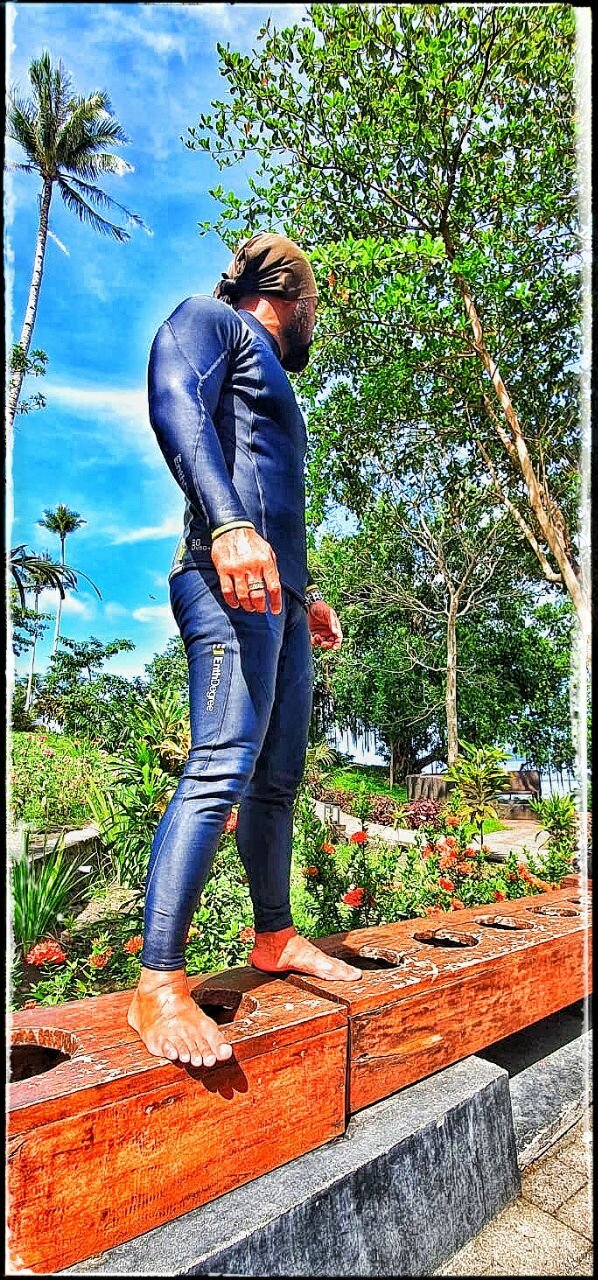Wetsuits vs Thermals?
Wetsuits are made with neoprene rubber, a closed-cell foam that traps millions of tiny gas bubbles within its structure. When you climb into a wetsuit your body temperature warms the gas bubbles in the neoprene, which act as insulation. This, combined with a snug, sealed fit that minimizes the amount of water that enters the suit and flows across your bare skin, is what keeps your body heat from escaping into the watery environment.
Where else Thermal suits like Enth Degree or Sharkskin The base layer that touches the skin is hollow fiber fleece and has water wicking properties that whisk water and sweat away, accelerating the body drying process. The middle technical layer is both windproof and breathable, keeping the windchill to a minimum while regulating body temperature. The outer layer is a nylon/Lycra blend that makes the whole suit abrasion resistance. The outer layer is also UV resistant and has a durable water repellent finish that provides a protective shell that sheds water from the suit.
Wetsuits
PROS
Great Insulation
Very durable from scratches and some comes with padded protections
Long lasting.
CONS
Big, bulky and heavy
Hard to get on and off
The thicker it is, the stiffer the wetsuit
How to chose a wetsuit:
The fit of a wetsuit is not only important for comfort's sake but also to ensure that the suit is properly insulating the wearer. Basically, the pocket of extra space between the suit and the diver's skin is designed to trap and heat a layer of ocean water to provide a cocoon of warmth. If a wetsuit is too baggy, the water won't heat up enough; if it's too tight, there won't be enough water to heat. Either way, a proper fit is the only way to get the most out of a wetsuit.
The way that the neoprene material flexes and moves is also a significant aspect of a suit's fit. To dive in comfort, you need to have a wide range of motion through the shoulders and knees to help you paddle and pop up with fluid motions.
Thermals
PROS
Lightweight
Soft and Flexible
CONS
Insufficient Thermal protection
Tend to rip off quite easily.
How to chose a thermal:
Fit is the most important consideration to keep in mind when choosing a thermal. You don’t want your rash guard riding up while you’re trying to dive around. Go for something skin-tight if you’re buying a guard for diving or even strenuous swimming.









